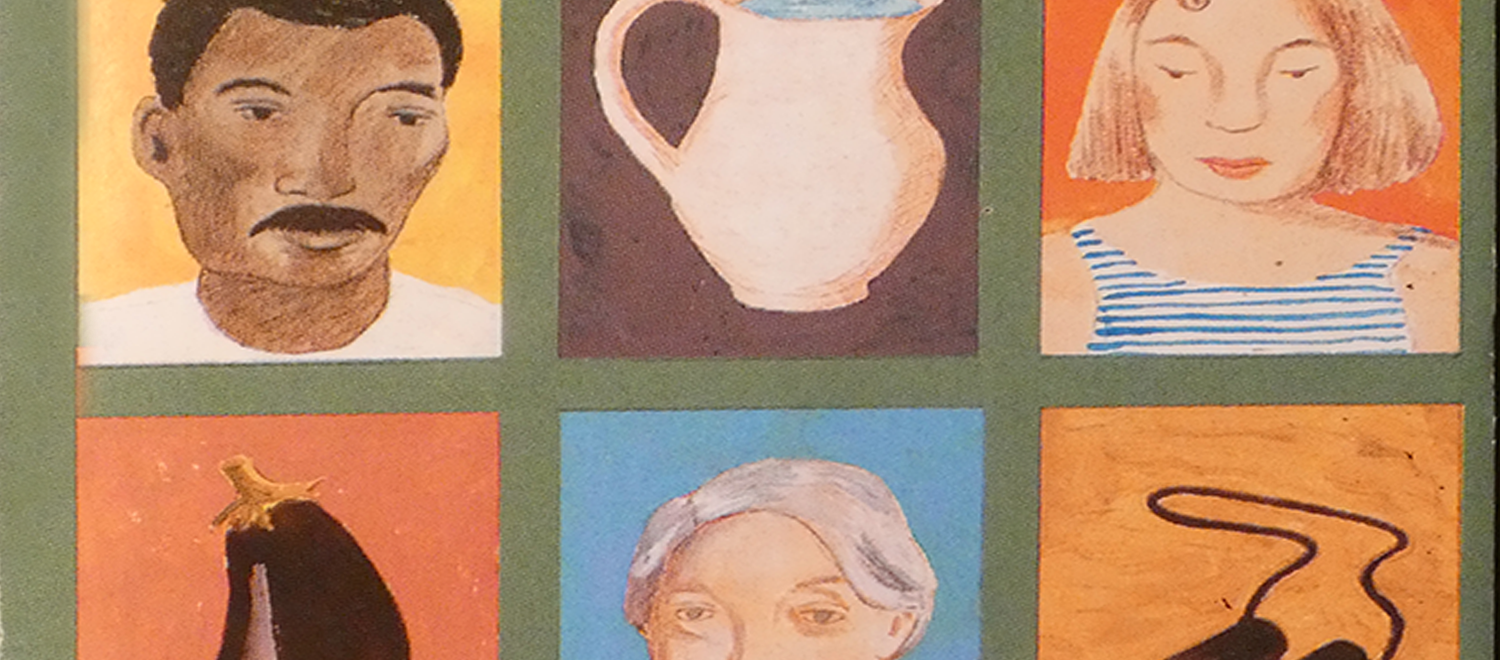Our discussion of Paul Fleischman’s Seedfolks (HarperCollins 1997/VOYA June 1997) is a marvelous illustration of our group process because it shows how such “seeds” can germinate in ways we don’t expect.
This short novel depicts a diverse group of people living in an inner-city neighborhood. When one small Vietnamese girl plants as few bean seeds in a trash-filled vacant lot, she unwittingly inspires others to work together to create a beautiful garden.
Although initially most of the Seedfolks” do not intend to collaborate, support, and befriend one another, they eventually find community in the vacant lot on Gibb Street. Seedfolks offers a rainbow of characters – a diversity of ethnicity, age, gender, and socio-economic levels. Each reader in our discussion group identified with one or more of the characters and their problems.
The day we met to discuss Seedfolks, participants eagerly began talking to each other about the book as they arrived. As a group, we discussed what really grows in that vacant lot and the neighborhood. We talked about barriers that various characters overcome in the story. Participants compared those barriers to roadblocks they encounter in our community; and we brainstormed possible ways to remove them.
The group was particularly fascinated with the style of the book, wondering why
Fleischman wrote it from so many points of view. We learned that he wrote the book to be performed as reader’s theater.
In response to the book, we made our own community garden mural out of paper. Family members designed a plot of the “garden,” depicting something they would like to grow. Some chose actual plants, others symbolic objects. Each family wrote short explanations to glue beside the plots. Our garden mural was first displayed in the arts center and then at the public library during National Arts and Humanities Month in October.
Our experience with Seedfolks did not end here. The director of the arts center phoned Paul Fleischman to ask permission to perform Seedfolks in the center’s theater. He approved, and the arts center arranged a summer theater camp. After several weeks of planning and rehearsal, the campers presented Seedfolks in readers’ theater style, complete with plants donated by the local nursery and props donated by community members.
It was performed at the arts center to a full house of families, friends, and community members. During the reception following the performance, dialogue about the book continued as participants of the original discussion group interacted with the audience. Several in attendance borrowed copies of the novel to take home and share with other family members.
Dr. Gerrit W. Bleeker, was Professor of English at Emporia State University, whose specialized in young adult literature, English education, and American literature. He served on the National Board for Professional Teaching Standards for English Language Arts.
Barbara Bleeker taught in the Department of Early Childhood and Elementary Education at Emporia State University, where she was a specialist in children’s literature and reading and writing connections. She and Gerrit Bleeker co-authored a column about children’s and young adult books for the Topeka Capital Journal.
An advocate of all art forms including literary arts, Catherine Rickbone was the Executive Director of the Emporia Arts Council, where she encouraged community-based programs such as “Let’s Talk About It” so people of all ages could celebrate the arts.
Printed in Voices of Youth Advocates
Vol. 26, No. 4, October 2003
READ MORE:
- Articles (5)
- Press Releases (1)
- Readings (4)

